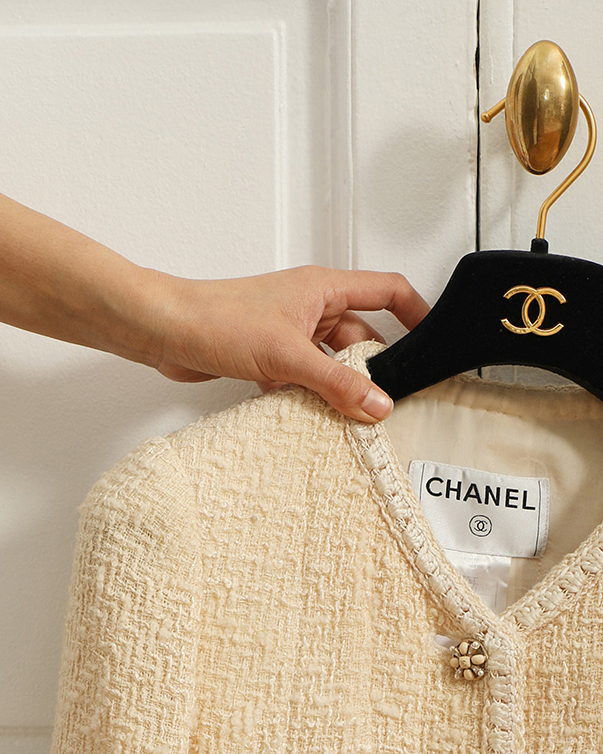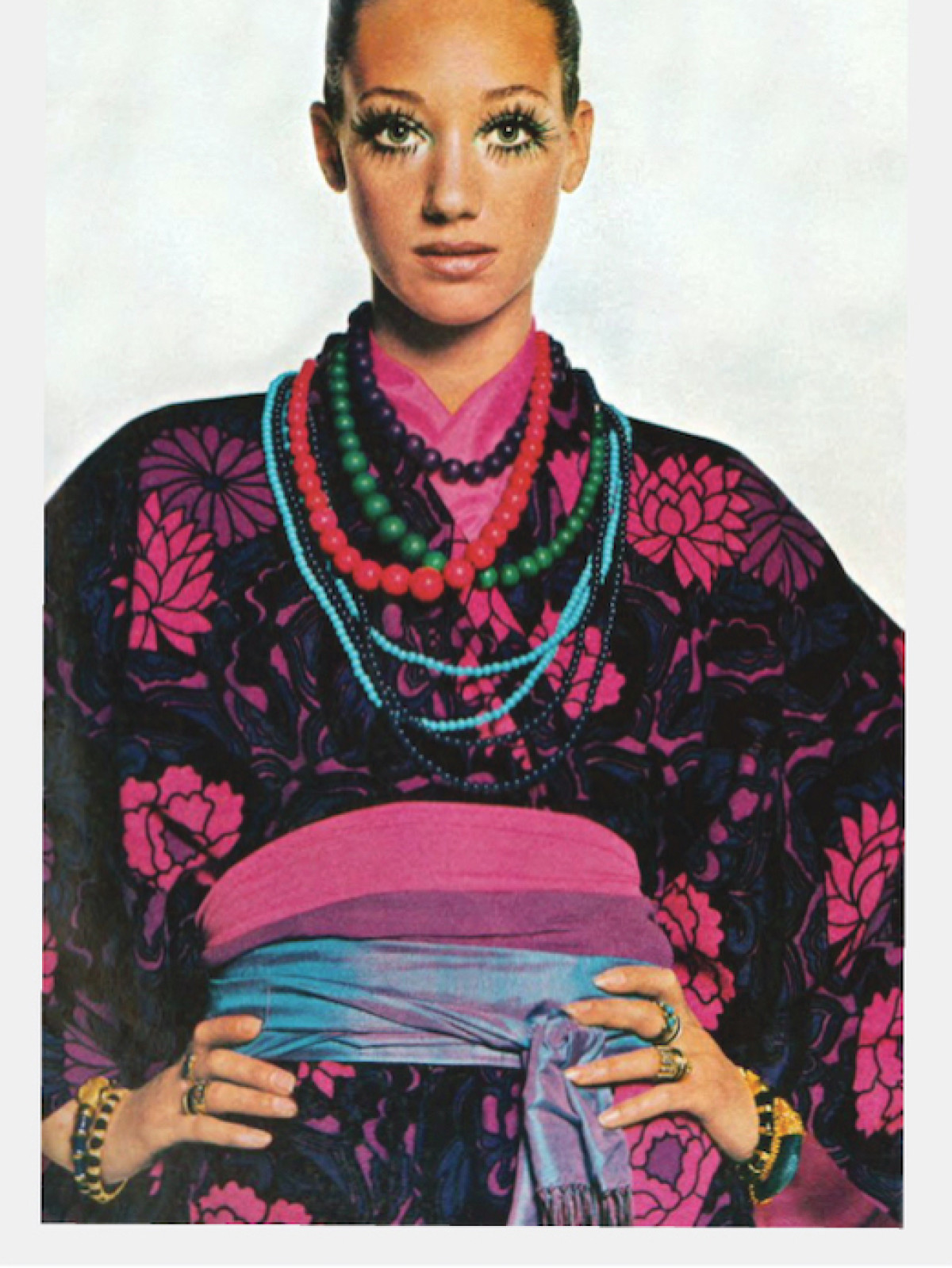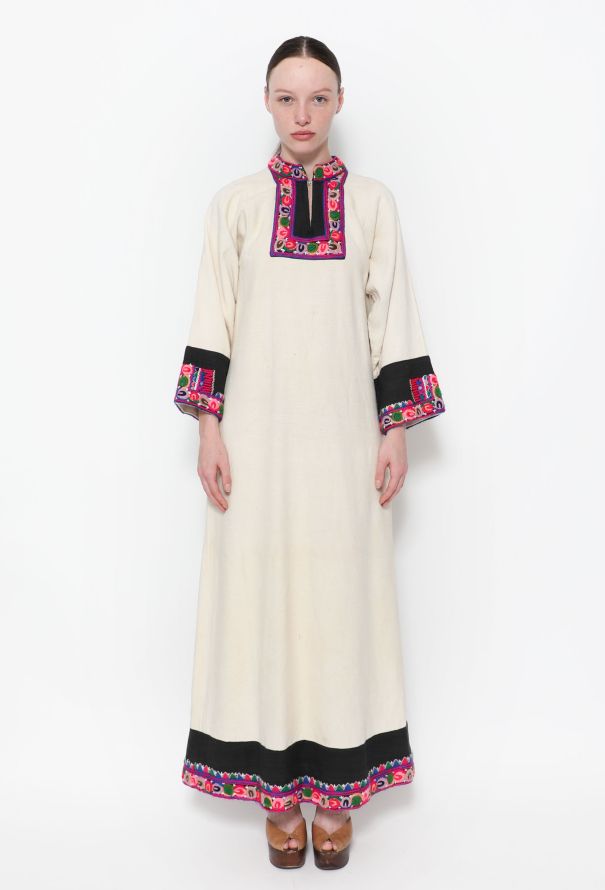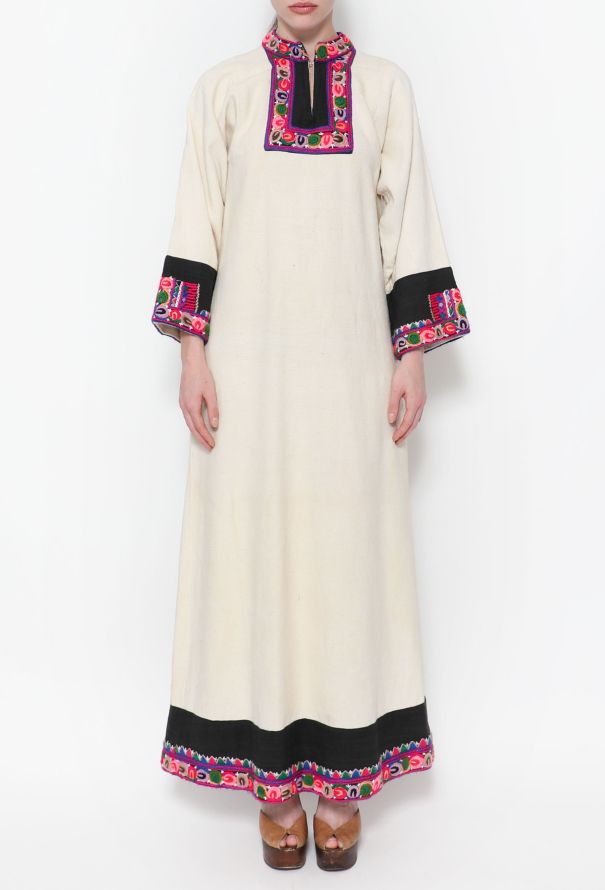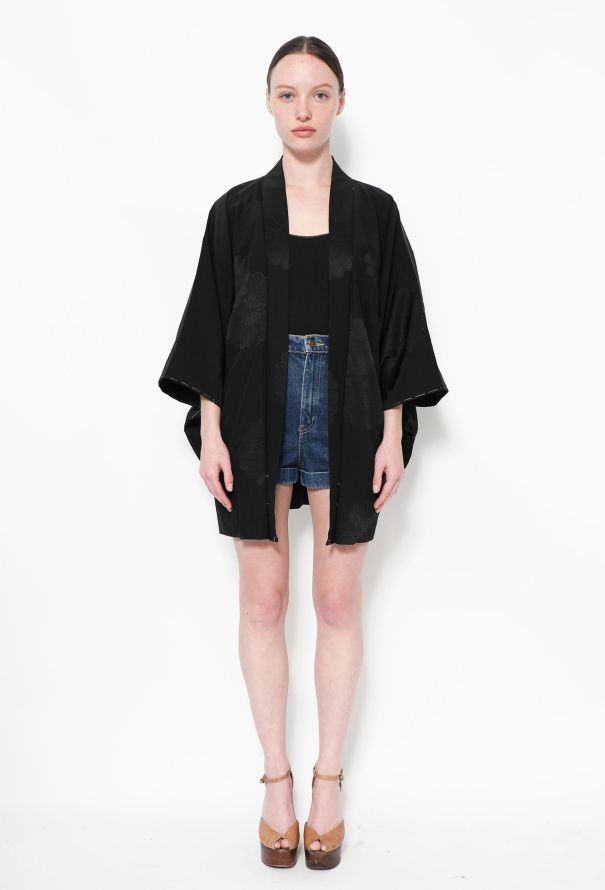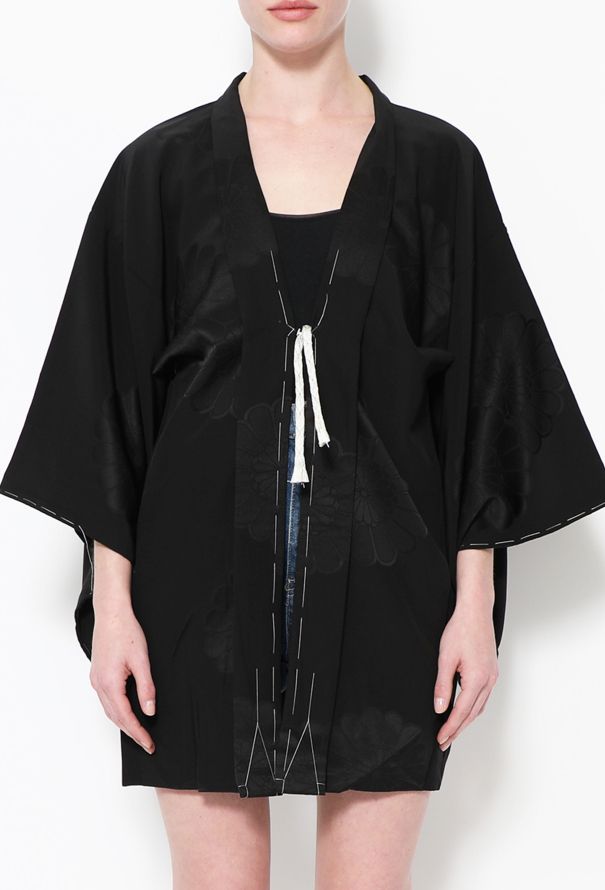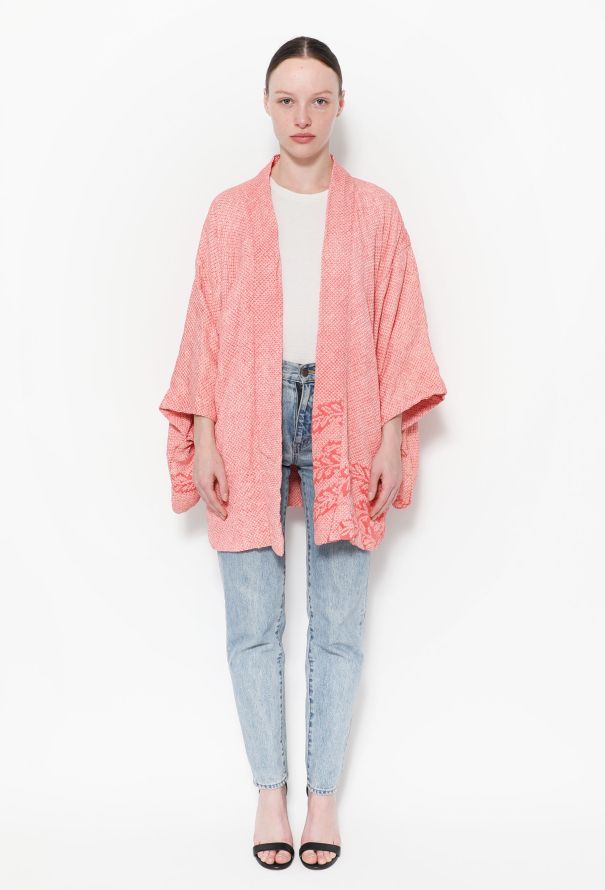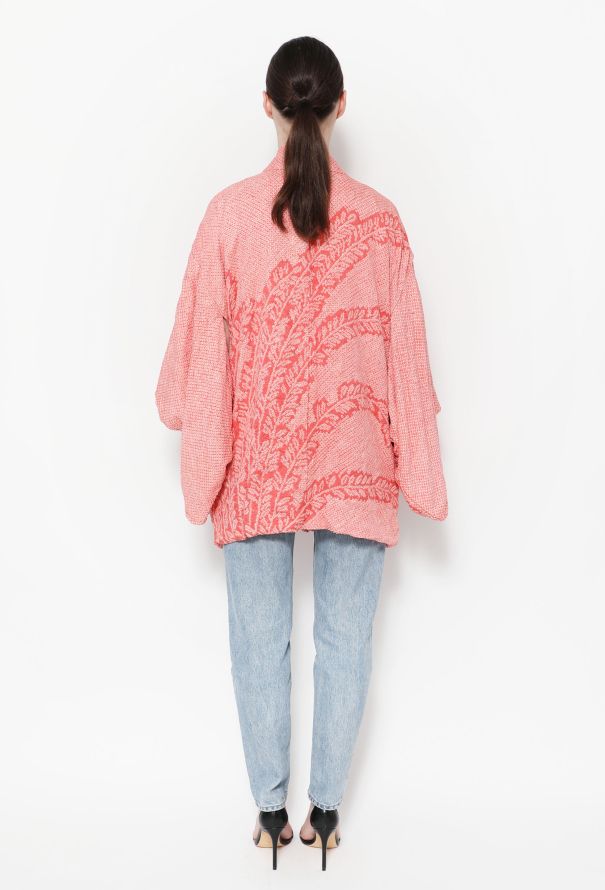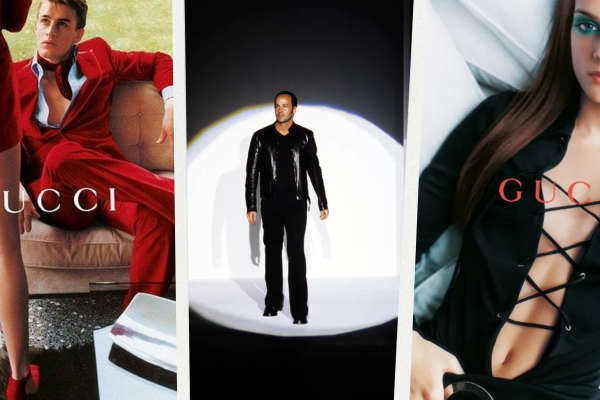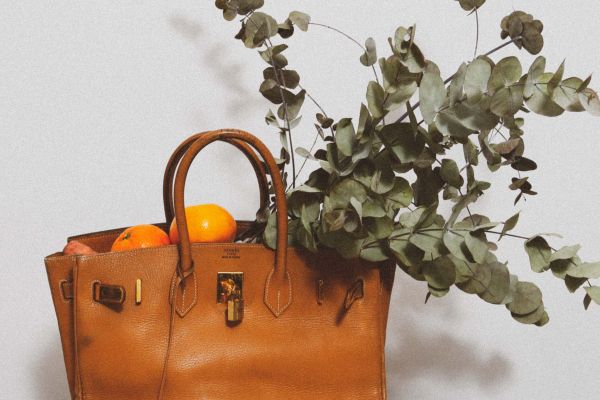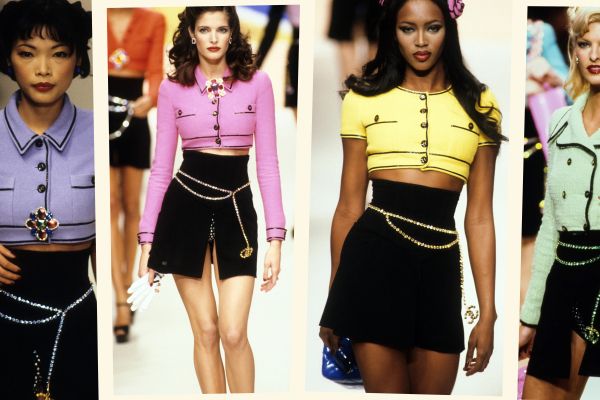Marisa Berenson, The Girl of the '70s
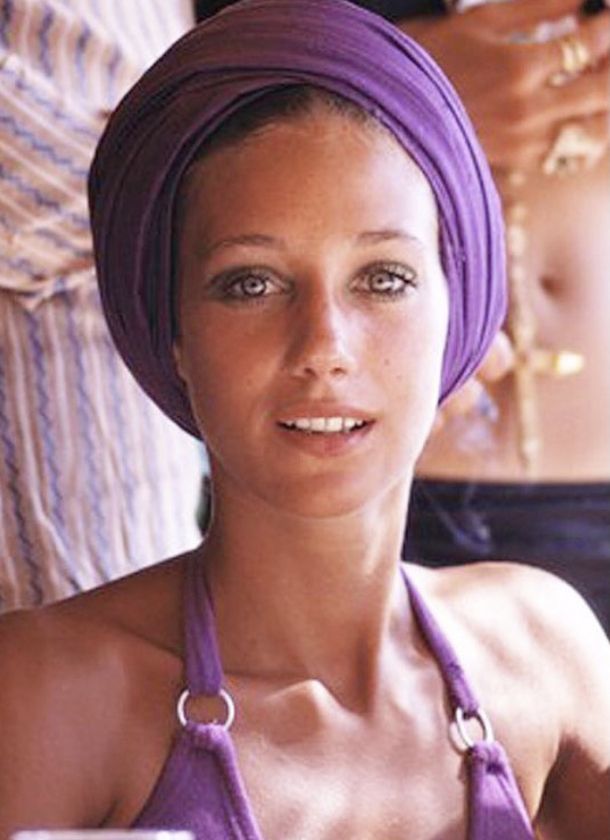
Photo credits: Instagram @marisaberensonofficial
Marisa Berenson, often hailed as one of the most iconic fashion muses of the 20th century, was quite literally born into style — her grandmother was none other than legendary couturière Elsa Schiaparelli. Yet, her own rise in the world of high fashion began when Diana Vreeland, then editor of Vogue, discovered her at just sixteen.
“She took one look at me and said, ‘We have to photograph Marisa,’ — and that was it,” recalls Berenson. From that moment, her career took flight. She became one of the most photographed women of the 1970s, posing for Irving Penn, Richard Avedon, Hiro, and Helmut Newton, and appearing on the cover of Vogue more than twenty times.
In this exclusive conversation with ReSee, Marisa reflects on the golden era of 1970s fashion, her enduring friendship with Halston, and the timeless art of dressing with elegance and intention — a philosophy that continues to define her legacy in the world of vintage designer style.
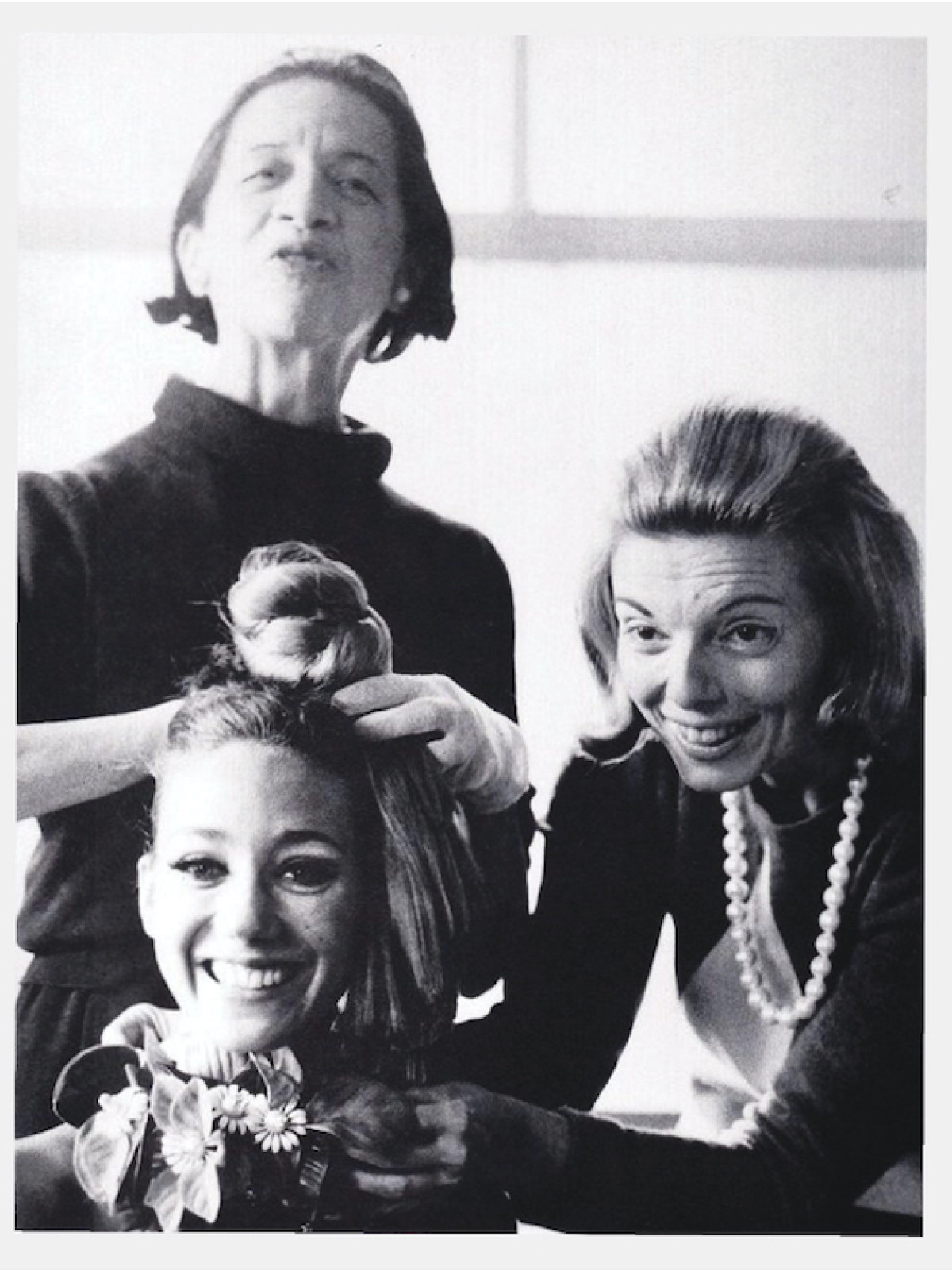
Instagram @marisaberensonofficial
A Childhood Surrounded by Elegance, Yet Far from Fashion
"Fashion wasn’t at all in my upbringing," recalls Marisa Berenson, granddaughter of the legendary Elsa Schiaparelli. “My grandmother, who was very present in my life, never spoke of her past or her career.” Born in New York but raised in Europe, Marisa spent her youth in boarding schools and on family travels that opened her eyes to the world. “I had a sheltered life, but I dreamed endlessly. I made incredible scrapbooks filled with images of Audrey Hepburn, Rita Hayworth, and Ava Gardner — my first visions of beauty and cinema.”
Her passion for aesthetics quickly took shape. “When I went to school in England, I started sewing my own clothes — I even made a Chanel-inspired suit at 13. My mother didn’t know. I guess it was in my genes.”
Discovered by Diana Vreeland: A Destiny in Fashion
At sixteen, fate intervened. “It was my first time back in New York since childhood. My father was ill, and we were there for Christmas. One night, he took me to a grand ball — and Diana Vreeland was there.” Vreeland, then Vogue’s iconic editor and a friend of Schiaparelli, instantly recognized something in her. “She took one look at me and said, ‘We have to photograph Marisa.’ That’s how it all began.”
Soon after, Berenson was sent to Bert Stern’s studio and then to Paris for Vogue’s September issue with David Bailey. “My career started with a bang,” she remembers. “I stayed in New York, found a tiny apartment, and began modeling full-time.”
The Golden Era: Modeling in the 1970s
Though her first shoot in London left her cold — “David Bailey never said a word, just blaring music” — fate reunited them in Paris, where they became lifelong friends. From there, her career flourished. “I worked with Irving Penn, Richard Avedon, and all the best photographers. Under Diana Vreeland’s wing, I was privileged — we were living in a truly unique moment.”
The 1970s, Berenson explains, were a time of freedom, individuality, and artistic energy. “Everything was exhilarating — artists, designers, politicians, movie stars — all mingling together. If you were different, you were celebrated. We lived with joy, traveling the world for shoots, full of curiosity and wonder.”
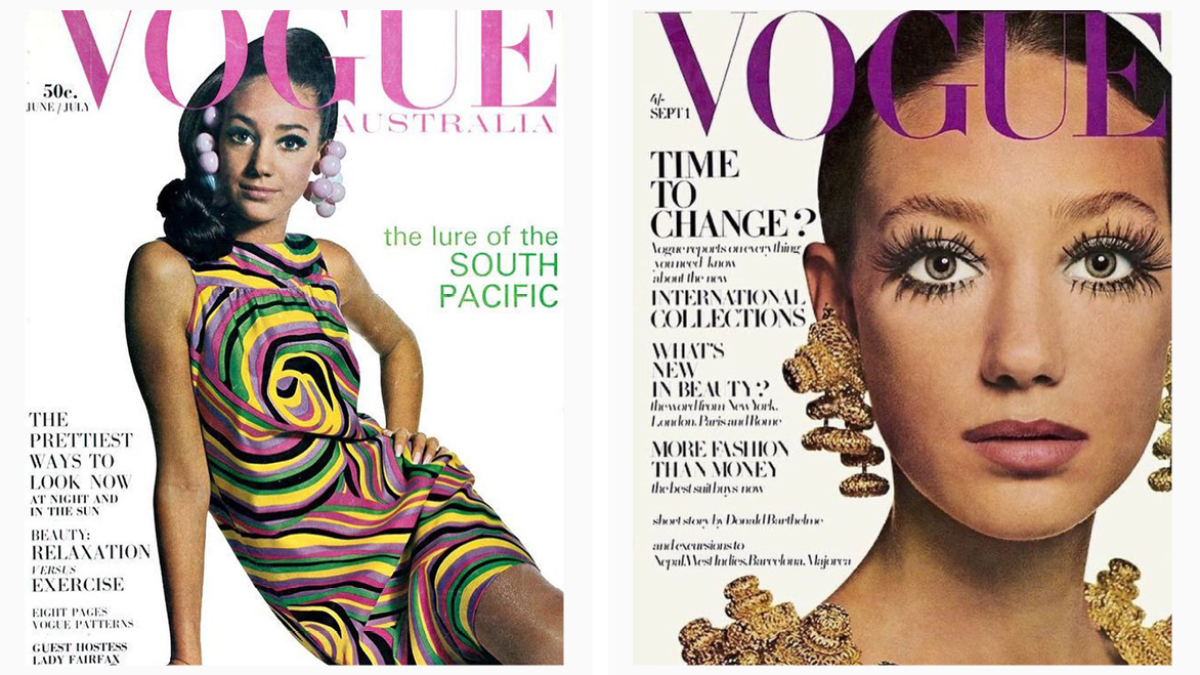
Instagram @marisaberensonofficial
Halston and the Spirit of American Glamour
Among the many friendships that marked her career, one stands above all: Halston. “I met Halston when he was still making hats at Bergdorf Goodman, just opening his studio on 57th Street. He became like a big brother to me.”
Their friendship was one of creativity and affection. “We’d spend weekends in the country tie-dying fabrics — we started that whole thing! He even walked me down the aisle at my second wedding.” “His clothes were divine — silk jersey gowns, flattering cuts, a whole new vision of how the modern American woman could dress. Halston adored elegance and individuality. He had an eye, a dream, and the gift of making a woman feel both powerful and free.”
Icons of Couture: Saint Laurent, Valentino, Azzaro
Berenson also found herself at the heart of European haute couture. “Yves Saint Laurent, Valentino, and Loris Azzaro all dressed me. Azzaro, especially, made gowns inspired by the glamour of the ’30s and ’40s — the movie-star silhouettes I loved.”
When asked to name a favorite piece, she hesitates. “Impossible. Every designer was unique, every memory special. To have lived that time, to be young, and to be dressed by such artists — that was a privilege.”
The Art of Dressing Up: A Lifelong Philosophy
In 1984, Berenson published Dressing Up: How to Look and Feel Absolutely Perfect for Any Social Occasion. “It was funny — very ’80s with big shoulder pads — but the advice still holds. The art of dressing up never goes out of style.”
Now living in Marrakech, she continues to embody effortless sophistication. “The city inspires me — it’s eclectic, boho-chic, orientalist. Here, I can be creative and bold. In New York or Paris, I’m more classic, but when I go out, I love my turbans, my embroidered jackets, my jewelry.”
She senses a revival of that old spirit. “For a while, everyone looked the same. Now, I see a return to individuality, self-expression, and joy in fashion. Clothes are not just what you wear — they’re who you are, what you want to project into the world.”
As told to Zoe Ruffner for ReSee
At ReSee, every one of our vintage pieces comes with a story. This is, in large part, thanks to our unmatched community of consignors.
Though parting with such sartorial treasures may not be easy, the exceptional personal care we put into ensuring that they will go on to live a second (or, sometimes even, a third, fourth, or fifth) life offers a thrill — one rivaled only by that of the besotted shopper who adds them to her wardrobe.
Sell with us